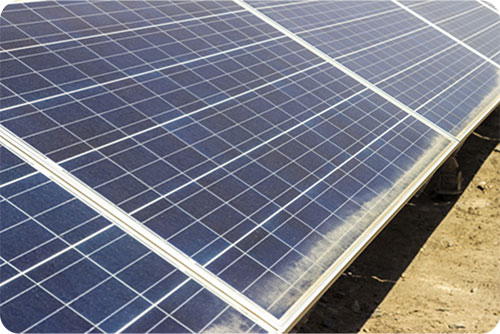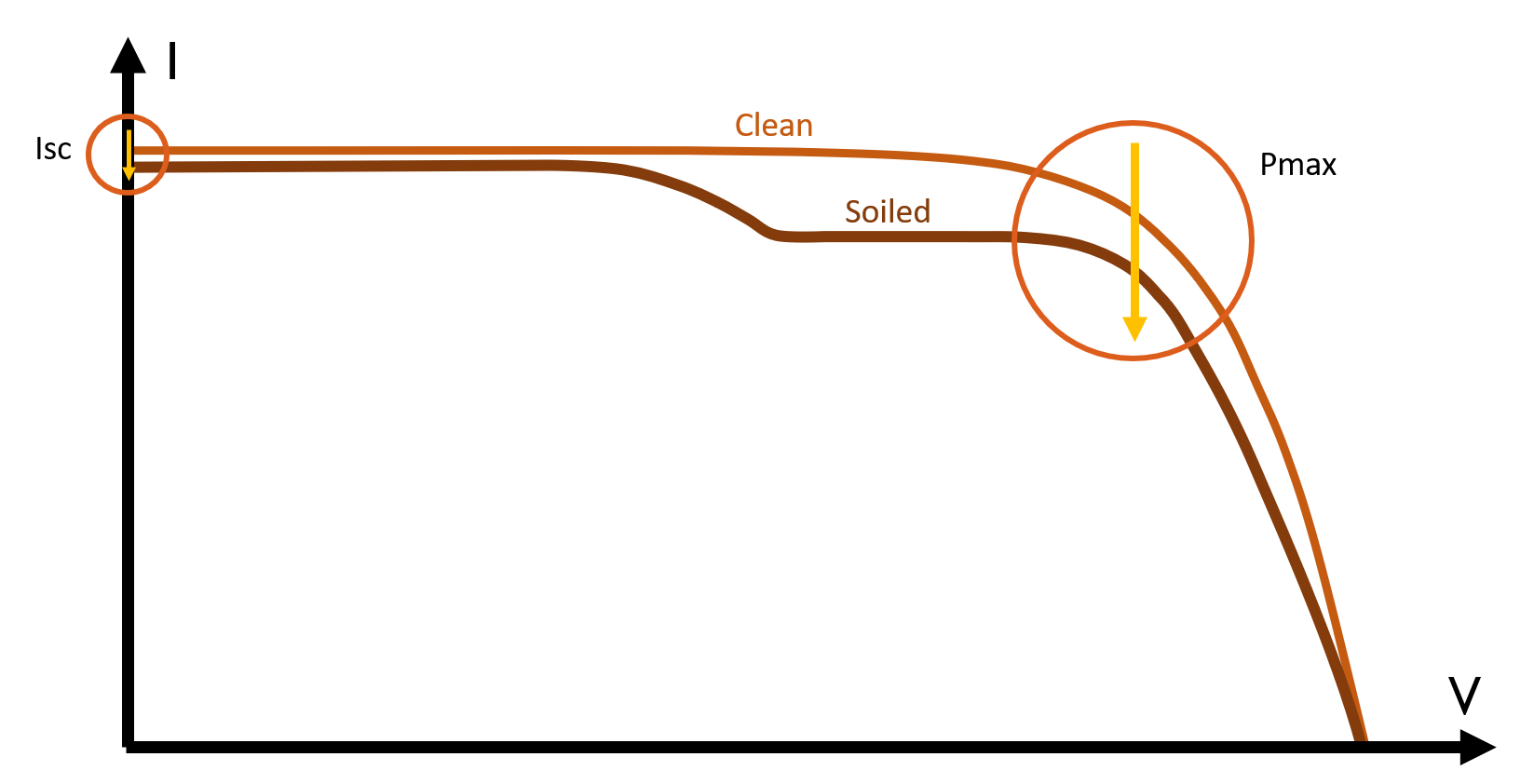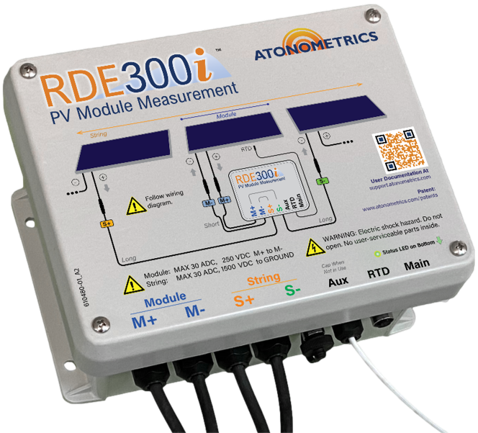Why You Need Pmax to Measure Non-Uniform Soiling
Measuring soiling losses at photovoltaic (PV) power plants is crucial for ensuring optimal plant performance and for maximizing energy production.
Non-uniform soiling refers to the buildup of dirt, dust, and other contaminants in an irregular pattern on the surface of a PV module. Soiling concentrated on one area within a PV module can often cause greater power loss than if the same soiling particles were spread evenly across the module. Estimating soiling losses via short-circuit current (Isc) does not account for this phenomenon, however the maximum power (Pmax) parameter does indicate the true potential output of a PV module.
By measuring losses in Pmax, you can determine actual effects of soiling on power production, even when soiling is non-uniform, helping you develop better cleaning schedules or partition losses for performance analysis.
What is Non-Uniform Soiling?
Non-uniform soiling occurs when dirt, dust, and other contaminants accumulate in an irregular pattern on a PV module, usually with higher concentrations near the module's bottom edge.
This type of soiling is often caused by light rain or condensation carrying and depositing particles down the slope of a module without fulling cleaning it. Particles are often trapped at the edge due to the influence of frames and/or water surface tension. Soiling on vertical edges can also be seen when wind blows dust in a dominant direction.

What is Pmax?

Pmax is the maximum power your PV module can output for a given irradiance and temperature. It is measured via an IV curve which traces the current of the module with respect to its voltage. When the product of the current and voltage reaches its maximum, Pmax has been achieved.
Measuring Pmax from an IV curve provides a consistent reference point for module power potential independent of string mismatch, inverter clipping, or curtailment. Measuring Pmax of a soiled module therefore provides an accurate value for comparison to a clean reference. Our RDE300i PV Module Measurement System measures IV curves and Pmax on modules in a string.
What is Isc?
Isc, or short-circuit current, is an important metric for measuring PV module performance. However, using it to estimate soiling losses can be misleading if soiling is non-uniform, because Isc is not impacted by non-uniform shading of cells in the same way as Pmax. In the absence of non-uniform soiling, Isc measurements can provide similar accuracy to Pmax when comparing the performance of a soiled module to a clean reference. RDE300i can measure Isc, among other IV curve parameters, every 2 seconds with its default settings enabled.

How Much Can Pmax and Isc Soiling Measurements Vary?
The figures below from Ref. [1] show an example of the soiling ratio (SR) measured by both Isc and Pmax. At time A, there is uniform soiling, and the soiling ratio of both Isc and Pmax agree. At time B, dust accumulates after light rain near the bottom edge of the module, and the soiling ratios disagree by more than 5%. At time C, soiling continues to be underestimated by Isc even after a new layer of soiling has accumulated. At time D, heavy rainfall cleans off both modules, and the soiling ratios begin to agree once again.
In this scenario, the soiling measurement using Isc is underestimated by over 5% absolute. Non-uniform soiling can last for extended periods of time, and prescribing module washing during these periods can lead to greater power generation. Measuring non-uniform soiling via Pmax can lead to greater PV module performance, and revenue, over time.





Ref [1]: “Accurately Measuring PV Soiling Losses with Soiling Station Employing PV Module Power Measurements” by Michael Gostein, Bill Stueve, Mandy Chan, 2017, IEEE 44th Photovoltaic Specialist Conference (PVSC)
What Soiling Sensor is Right for you?
Atonometrics offers multiple product configurations to measure non-unform soiling at different price levels and maintenance requirements. For more information about our products, and to determine which device configuration is right for you, visit the Atonometrics Soiling Product Guide.
